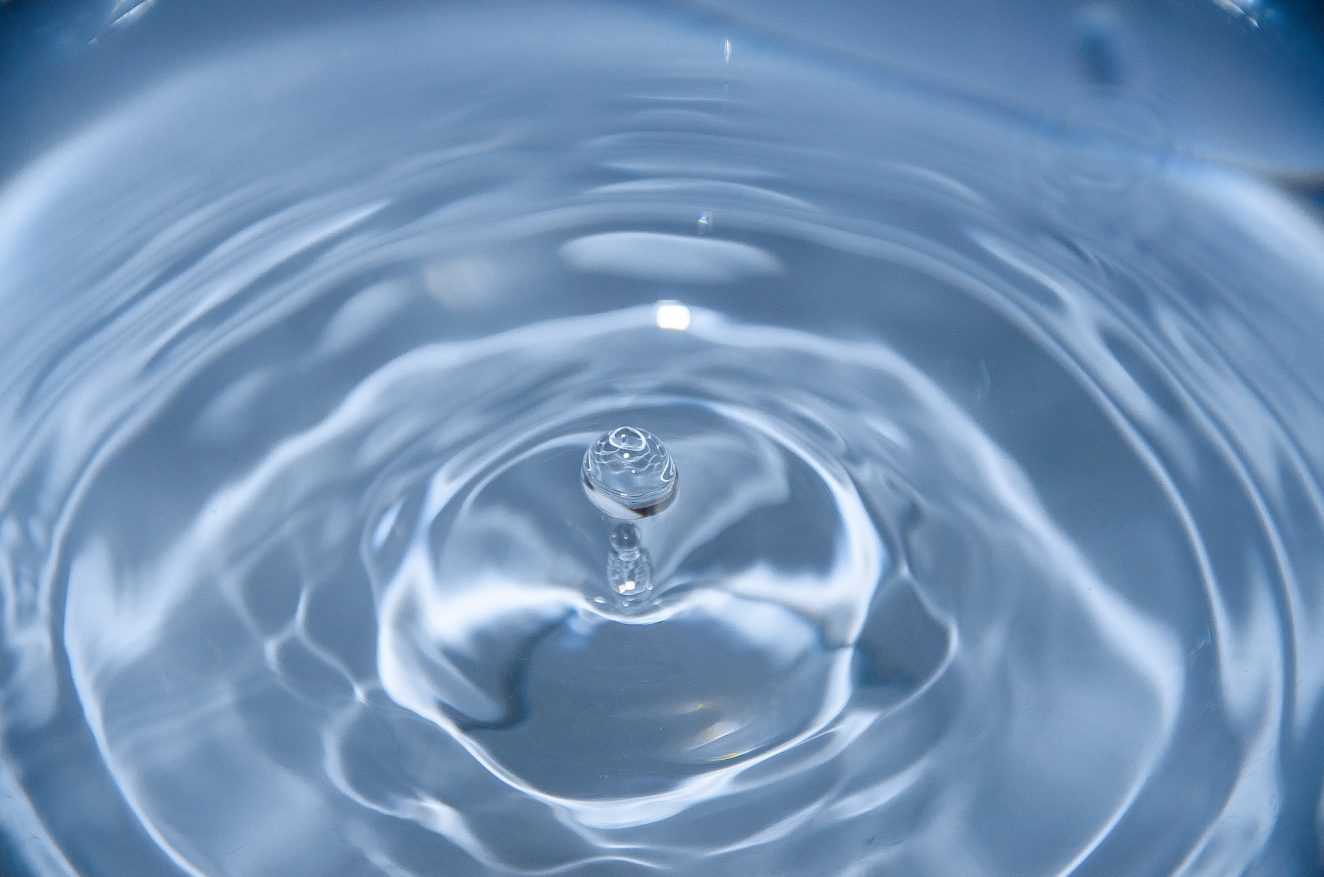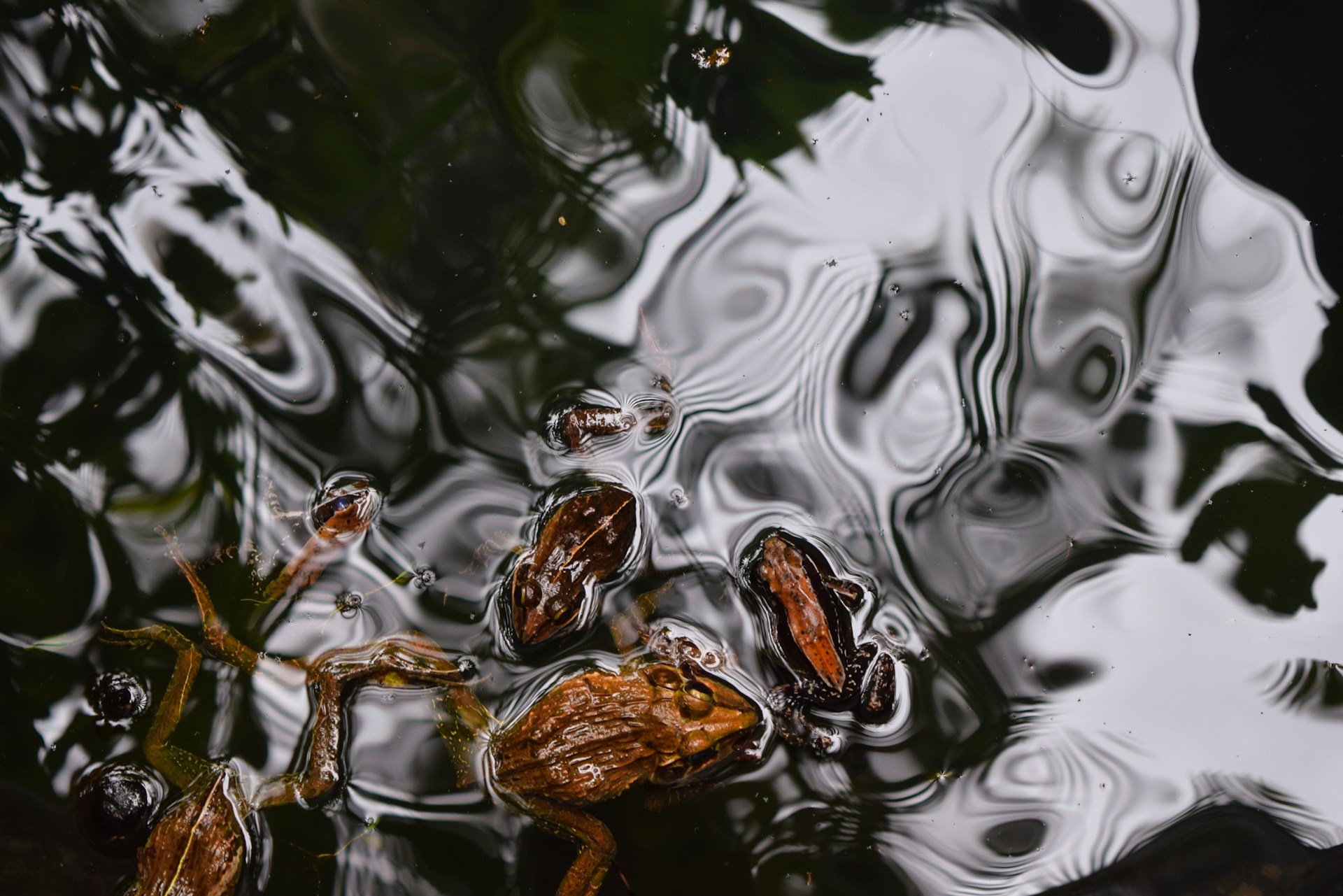Water, the transparent, tasteless liquid that makes up a significant part of our world, is often regarded as the elixir of life. It’s the essence of our planet’s biological systems, shaping the way living organisms evolve, thrive, and adapt. In this blog post, we’ll dive into the captivating science behind water’s indispensable role in the lives of all living things, from microscopic creatures to the grandeur of the animal kingdom.
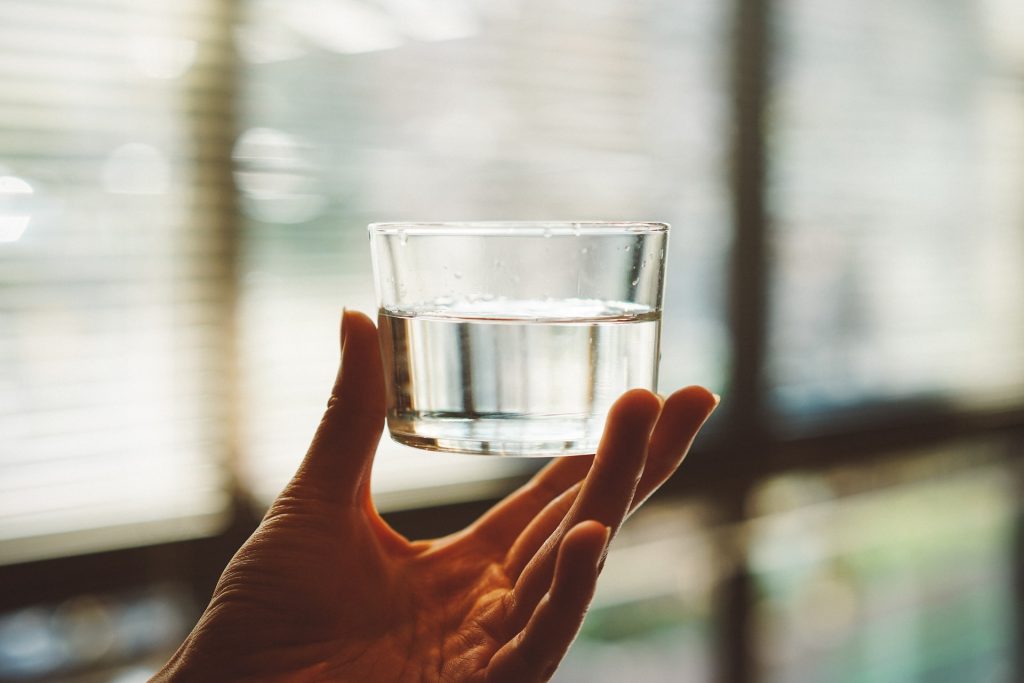
The Universal Solvent
Water’s remarkable ability to dissolve a wide range of substances makes it the universal solvent of life. Its molecule, H2O, has a unique polarity that allows it to form hydrogen bonds with other molecules. This property makes water an ideal medium for chemical reactions and a carrier of vital nutrients.
The Essence of Living Cells
Living cells are primarily composed of water. In the human body, for instance, water constitutes roughly 60% of our total body weight. It serves as the medium for biochemical reactions, enabling the transportation of nutrients, gases, and waste products.
The Elixir of Photosynthesis
Plants, the primary producers of our planet, rely on water for photosynthesis. This essential process transforms carbon dioxide and sunlight into oxygen and glucose, providing oxygen for us to breathe and energy for other living organisms.
Water’s Crucial Role in Temperature Regulation
Water has a high specific heat capacity, which means it can absorb and release heat without experiencing significant temperature changes. This property is pivotal for temperature regulation in both animals and the environment. In the human body, it helps stabilize core temperature, while in aquatic ecosystems, it moderates the temperature of aquatic habitats.
The Magic of Surface Tension
Water’s surface tension is responsible for capillary action, which allows water to move against the force of gravity. This is essential for the uptake of water by plant roots and the circulation of blood in the human body.
The Miracle of Hydrogen Bonds
Hydrogen bonds are weak interactions between the hydrogen atom of one water molecule and the oxygen atom of another. These bonds create a strong cohesive force that gives water its remarkable properties, such as high surface tension and the ability to stick to surfaces.
The Ice That Floats
Unlike most substances, water expands when it freezes. This expansion makes ice less dense than liquid water, causing it to float. This property is critical for aquatic life, as it insulates bodies of water, allowing life to persist even in freezing temperatures.
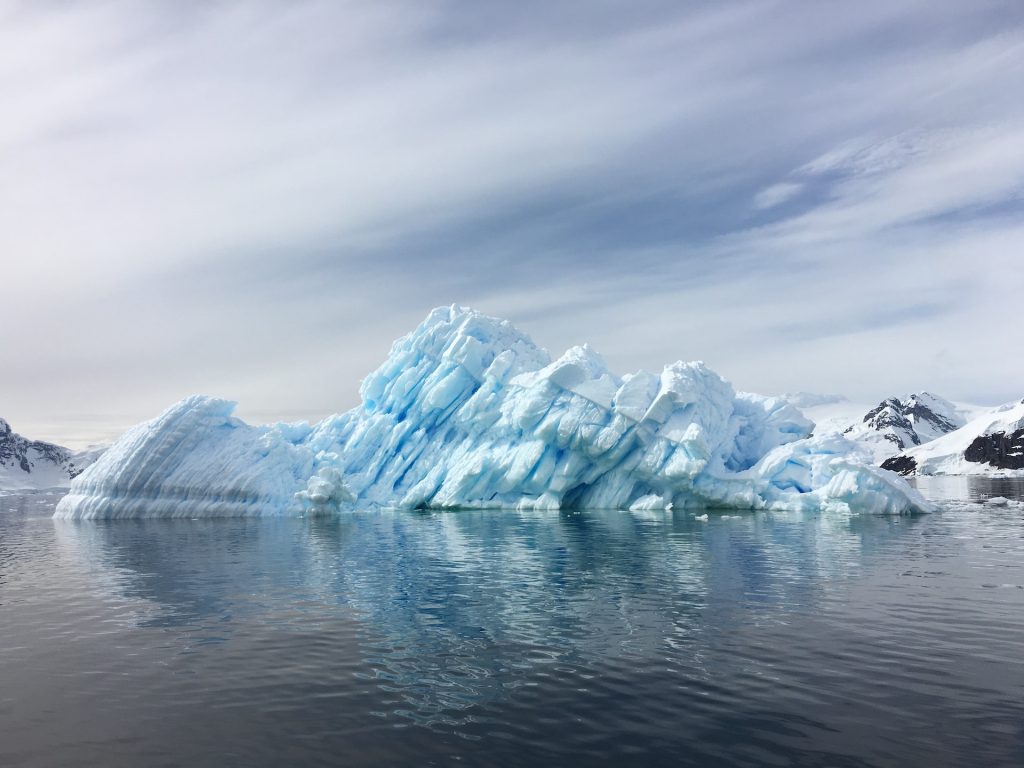
Water’s Transport Role in Plants
Water’s cohesive and adhesive properties enable it to move through the xylem, tiny tubes in plants that transport water from the roots to the leaves. This capillary action helps provide plants with the hydration they need to grow and photosynthesize.
The Ecosystem Balancer
Water plays a pivotal role in ecosystems by regulating temperature and supporting aquatic life. Aquatic ecosystems, from oceans to wetlands, host diverse species, all intricately connected through water’s cycling and chemical properties.
Water as a Habitat
Water isn’t just essential for land-based life; it also forms unique habitats of its own. Oceans, lakes, and rivers are teeming with an array of life, from the smallest plankton to the mightiest whales. These aquatic ecosystems provide sustenance and shelter for countless species.
The Foundation of Metabolism
Water is crucial for metabolic processes in all living organisms. It’s a key participant in hydrolysis, a chemical reaction that breaks down complex molecules into simpler ones. This is the foundation of life’s energy production and the creation of building blocks for growth and repair.
The Water Bear’s Resilience
Tardigrades, often called water bears, are microscopic animals known for their remarkable resilience. They can survive extreme conditions, including being dehydrated for years, only to rehydrate and spring back to life. Their ability to endure water loss and regain vitality has captivated scientists.
Water’s Role in DNA Structure
The double helix structure of DNA relies on water molecules to maintain its form. Water mediates the hydrogen bonds that hold the two strands together and allows DNA to function as a genetic code, passing information from one generation to the next.
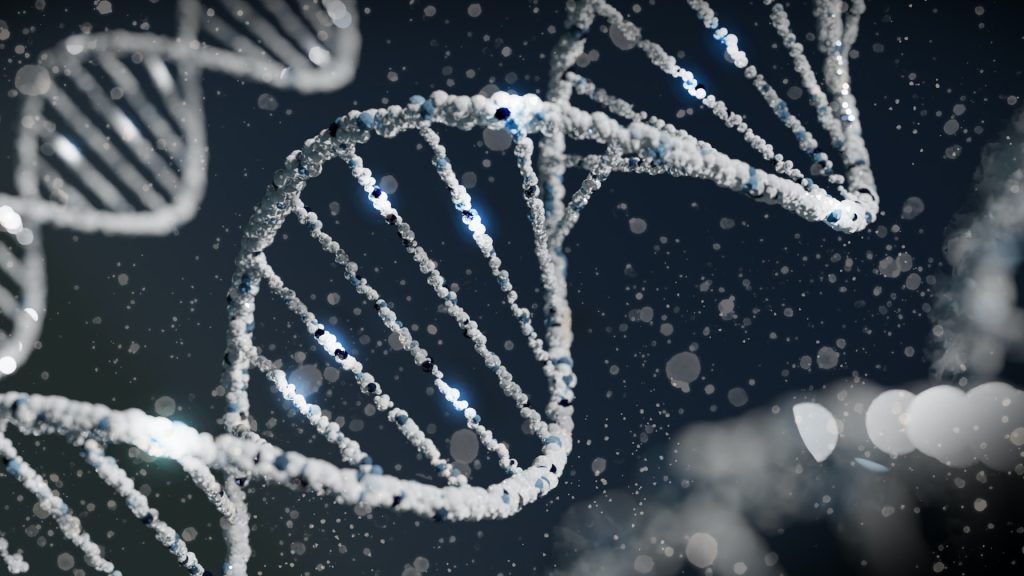
Water, the unsung hero of life on Earth, is more than just a simple liquid. Its molecular properties, from high specific heat to surface tension, have shaped the evolution and survival of all living beings. From the smallest microorganisms to the grandest creatures, the significance of water in the intricate web of life cannot be overstated. By understanding the fascinating science behind water’s role, we gain a deeper appreciation for the intricate systems that allow life to flourish on our remarkable planet. So, the next time you take a sip from your glass, remember that you’re enjoying a taste of the essential liquid that ties all living things together.

